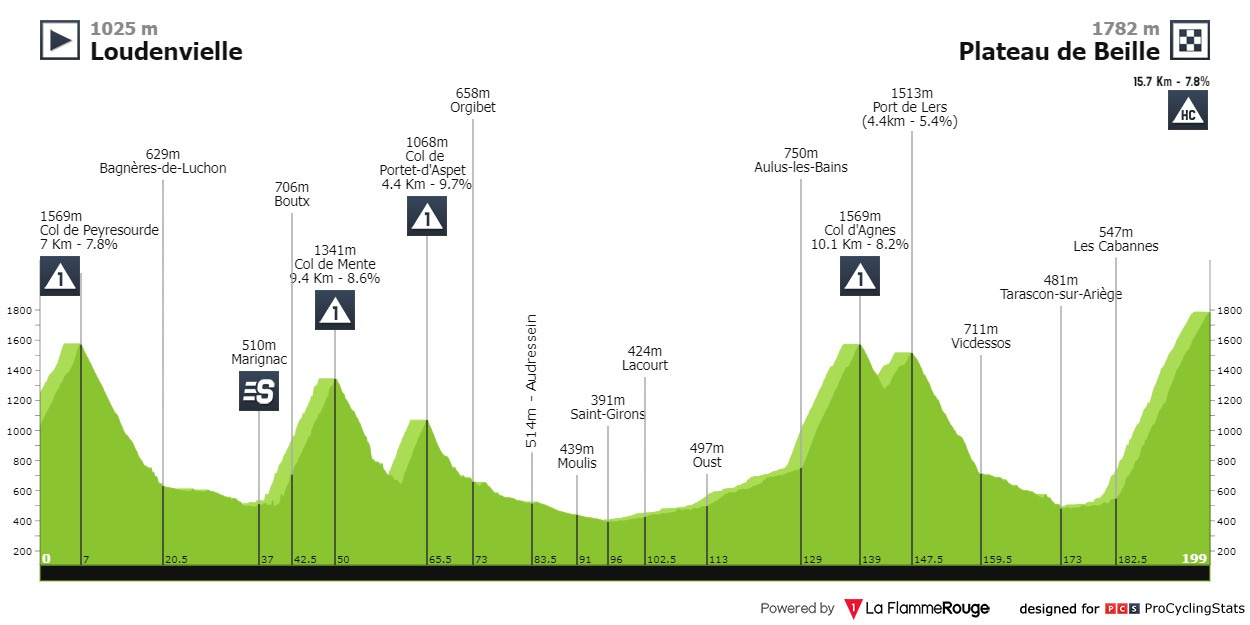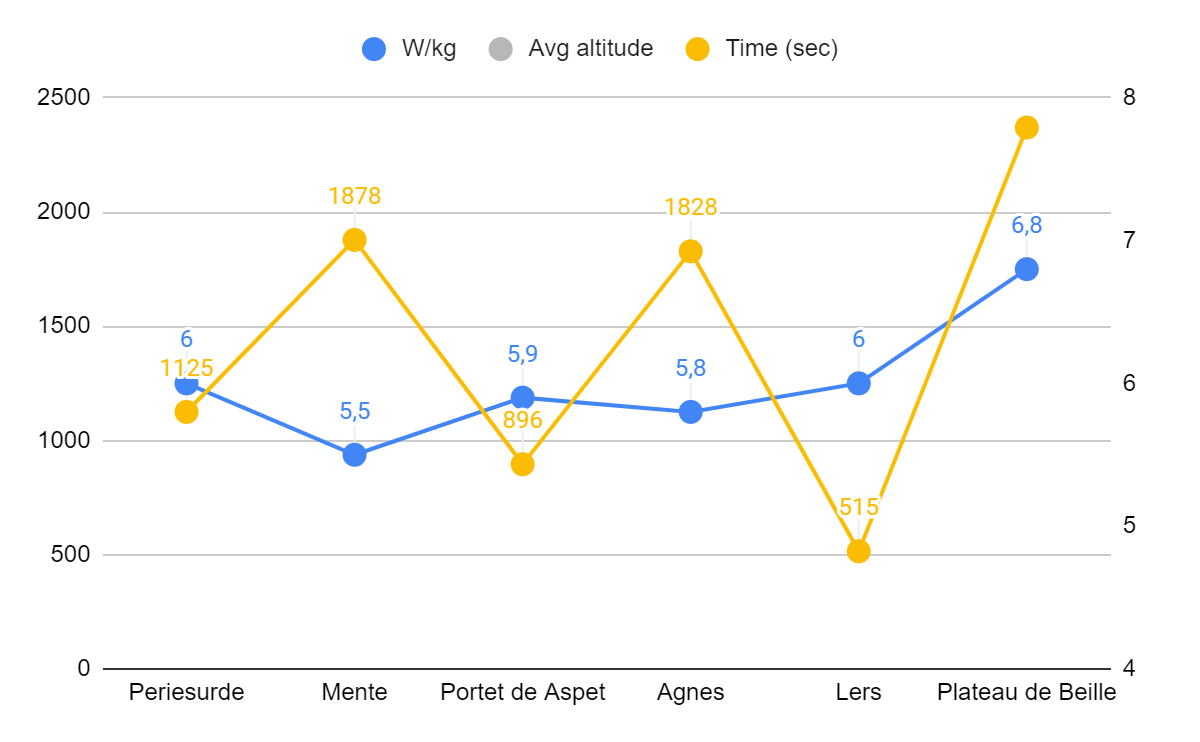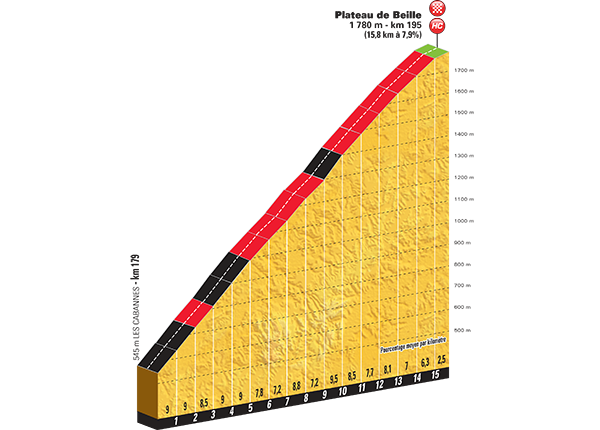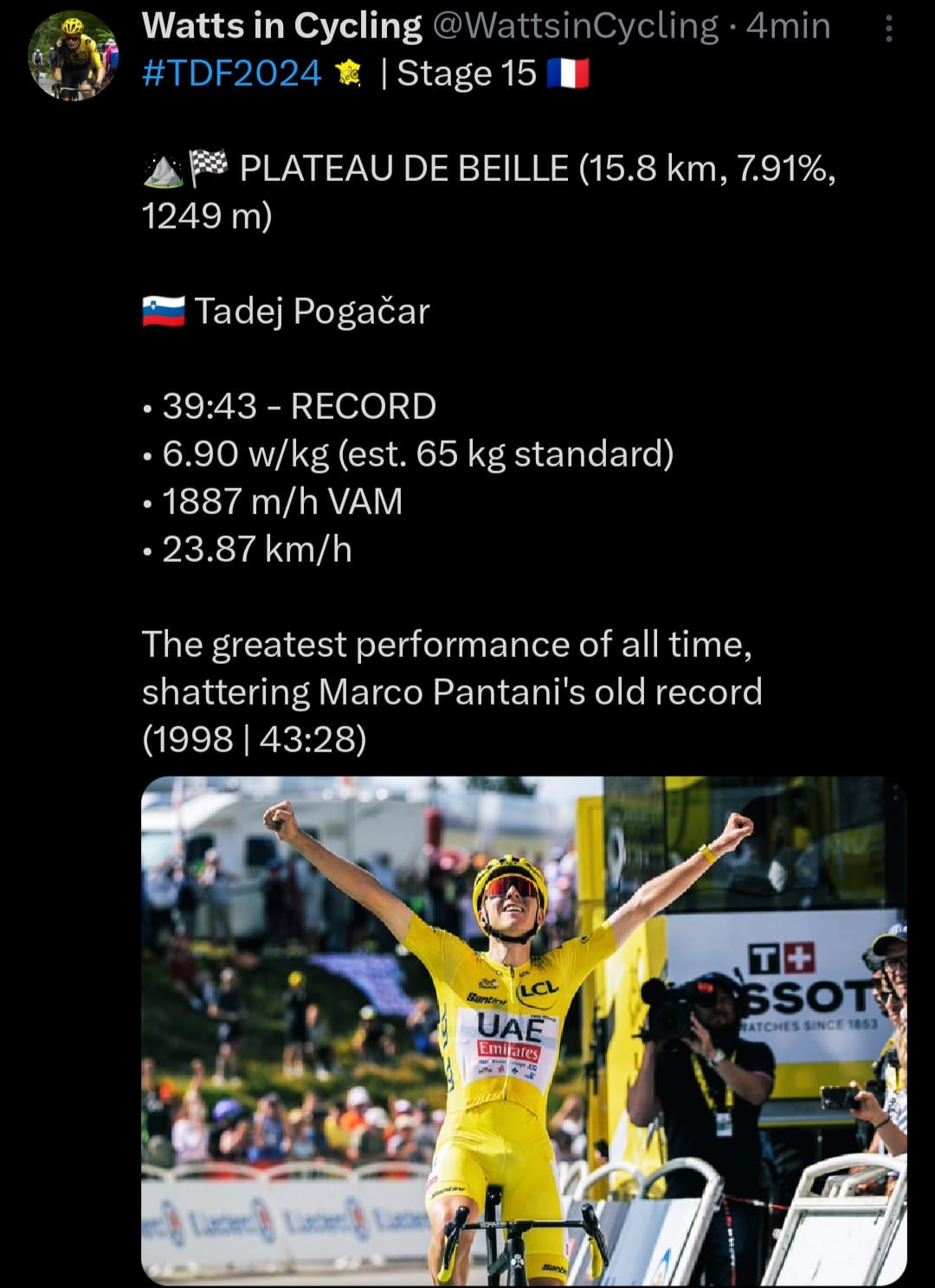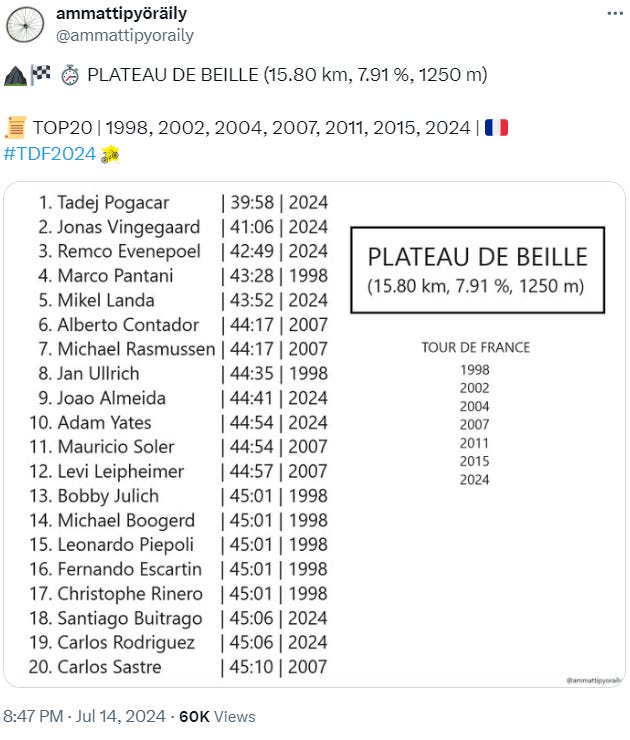Data Analysis of Stage 15 of the Tour de France 2024
Power Data and Physiological Estimates of the Best Performance in History
Yesterday, Stage 15 of the Tour de France took place, where Tadej Pogacar took a decisive step towards victory in the Tour de France by counterattacking his brave rival attack Jonas Vingegaard on the legendary climb to Plateau de Beille.
Much has been discussed on social media about the data of these two riders, and it has even been rightly claimed that we are witnessing the best cycling performance on record.
Let's analyze this comprehensively through power estimates that we can make using scientifically validated mathematical formulas and power data from other cyclists such as the Canadian Derek Gee, who finished 12th in the stage, 6 minutes and 29 seconds behind Pogacar. Gee stayed in the group until the foot of the climb, which will help us estimate the effort up to that point.
Let's get started!
We are facing the queen stage of the Tour. 200 km and almost 5,000 meters of elevation gain on a hot summer afternoon in the Pyrenees (average temperature 33ºC). The average altitude of the stage is approximately 900m, with an average altitude of 1150m on the climbs.
The power loss due to this altitude and temperature is complicated to calculate, as it is highly dependent on the individual, but I would estimate a 1-2% power loss relative to sea level due to the altitude and 2-5% due to the temperature. In any case, when performing the calculations, we will ignore the temperature and altitude and leave this potential power loss for the reader's reflection.
In the first 6 rows, I show the data for each of the 6 climbs (the power estimation is only valid for climbs where drafting has little effect, such as these, where the average speed is not greater than 25 km/h).
In the 7th row (pink), I show the total time spent climbing during the stage and the weighted estimated power. The weighting means that I averaged considering how long each climb lasts. For example, since Plateau de Beille lasts almost 5 times longer than Lers, the power there counts almost 5 times more for the average.
These data have been calculated for a weight of 66kg, a bike weight of 6.8kg, and an extra 1.2kg for clothing, helmet, sweat, and water bottles.
In the 5th column, I show the estimated intensity factor based on an FTP or Critical Power of 7.0 w/kg, which becomes realistic based on today's power estimates.
In the 6th column, I show the average altitude of the climb, and in the last column, the temperature. Here in graphical form:
Before the final climb to Plateau de Beille, Derek Gee had expended 4492 kilojoules, which corresponds to 61.54 kJ per kilogram for a weight of 73kg. Extrapolating these data to a weight of 66kg (Pogacar), we would have an energy expenditure of 4031 kJ, which corresponds to about 860 kJ/hour.
Kilojoules in this stage are not a good indicator of fatigue, as they have been accumulated through segments of very hard pedaling and others where no pedaling was done (descents), which could lead to misinterpretation. For example, if we only calculate the climbs, we get a rate of about 1450 kJ/hour before Plateau de Beille.
Something more interesting might be to look at normalized power. Before the last climb, Derek Gee had 333 normalized watts in ±4h40’, which would correspond to 199.7 TSS accumulated before the final climb for Tadej Pogacar if we maintain an estimated FTP of 7.0 w/kg (Average Intensity Factor of 0.65).
For the final climb to Plateau de Beille, the data indicate between 6.8 and 6.9 w/kg for approximately 39'43", as noted. Watts in cycling o Naichaca.
These data are impressive considering the hardness and length of the stage or the historical times that have been beaten by the top three.
The power an athlete can sustain over time, in long and aerobic efforts, depends on three fundamental pillars:
VO2. How much oxygen is used to oxidize carbohydrates or fats in the mitochondria. In submaximal efforts, we always move in a percentage of vo2max. For example, it is estimated that in efforts of 40’-60’, very fit athletes can sustain between 80 and 85-90% of vo2max (study) (study 2), although these studies have always been carried out in single efforts and there are no, as far as I know, data on what happens to these percentages when there is an accumulation of previous fatigue as in this case.
Efficiency. It is the ability to convert expended energy into physical work. That is, what percentage of the calories we produce go to the crankset and move the bike forward. This efficiency is usually between 20% and 24% in cyclists (Hopker Study) (Coyle Study).
According to some studies, such as the one by Lucía et al, o by Hopker et al, the relationship between VO2max and efficiency is usually inverse.
From the climb, we can estimate the watts quite well, but we cannot estimate either the oxygen consumption or the efficiency. Therefore, to get an idea of where they might be, I have created these tables in Excel outlining the different possible scenarios.
The first three rows show the estimated oxygen consumption if Tadej had climbed at 80% of his VO2max with an efficiency of 21%, 23%, or 25% respectively. According to these tables, values could reach up to 113.5 ml/kg/min of VO2max if he had climbed at 80% of his VO2max with an efficiency of 21%.
The next three rows (in blue) show the same if he had climbed at 85% of his VO2max. And the last three rows (in red) are programmed to see what would happen if he had climbed at 90% of his VO2max with an efficiency of 21%, 23%, and 25%.
The intermediate scenario would yield a VO2max of 97.59 ml/kg/min, which would place him slightly above the highest recorded VO2max to date, that of the Norwegian Oskar Svendsen .
High, no doubt, but not unreasonable for someone who seems destined to be one of the greatest athletes in history. We also don't know what his efficiency is. If he were capable of achieving those high oxygen consumption levels with also exceptional efficiencies.
***
This article should not be taken as reality, but merely as a mental exercise to further enjoy what we experienced yesterday. I feel very lucky to have Tadej´s coach in this newsletter, so maybe some day we will know more.
If you have read my book, you will know that I am critical of those who confuse metrics with goals and use data for purposes they are not meant for. I would never use these data to say, “Pogacar has an oxygen consumption of X,” because it is not true. WE DON´T KNOW, and honestly, it doesn’t matter much because performance is multifactorial. This is simply for fun, I had been two hours making excel sheets and calculations and I´m happy.
With this article, I simply want to provide a bit more calculations and data to those who help us so much by doing the calculations for us. Those results are extremely good, of course! But that is also to be expected from someone who seems destined to be the best cyclist in history.
Records are to be broken, and this one also will be.
Until next time!
PS: If you liked it, help me by sharing or gifting my book, "The Nature of Training" :)
Manu



